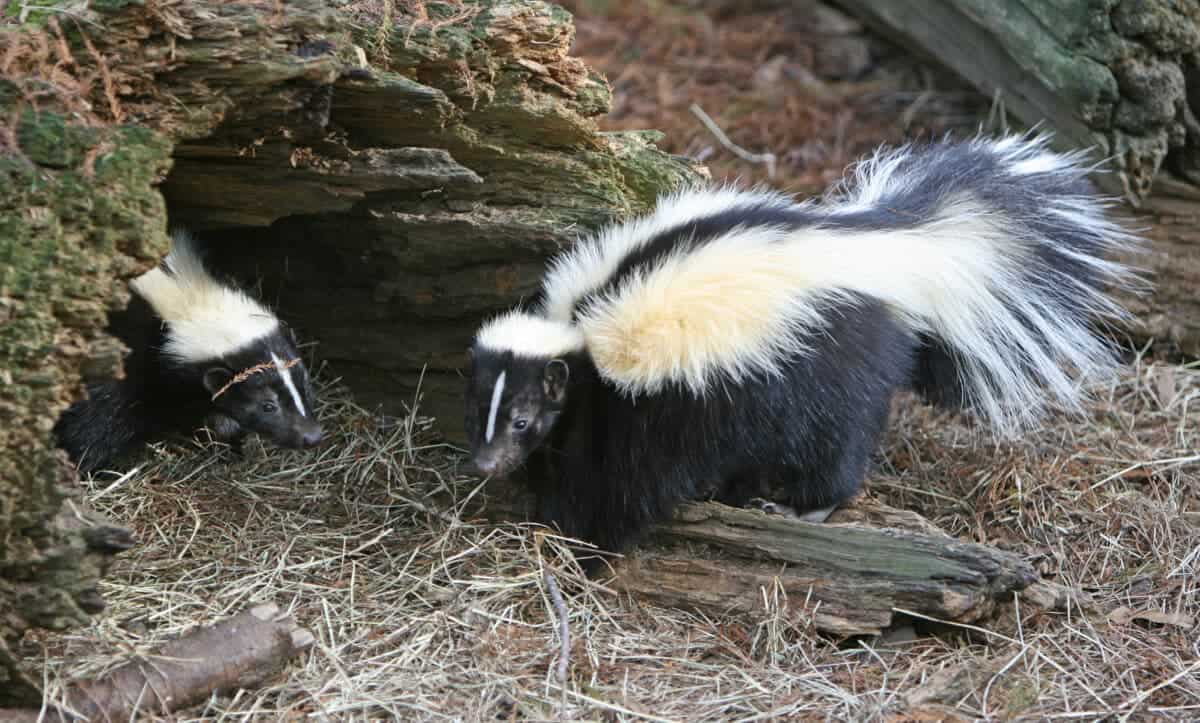As winter blankets the United States with snow and ice, several animal species embark on a remarkable survival strategy: hibernation. This deep sleep-like state allows animals to conserve energy when food sources are scarce and temperatures drop. Let’s explore ten fascinating animals that hibernate through the US winter.
Bears

Perhaps the most famous hibernators, bears, especially species like the American black bear, spend the winter months in dens. Their heart rate slows, and their body temperature drops slightly, but they can wake up relatively quickly if disturbed.
Groundhogs

Also known as woodchucks, groundhogs are true hibernators. They retreat into burrows, where their body temperature can drop to just a few degrees above freezing. Their heart rate slows to a mere 5 beats per minute, conserving energy until spring.
Bats

Many bat species, such as the little brown bat, hibernate in caves or abandoned mines. They reduce their body temperature to match the chilly surroundings, entering a state of torpor that can last for months.
Hedgehogs

While not native to the US, hedgehogs found in captivity or as invasive species in some areas, hibernate by curling up into tight balls and slowing their metabolic rate significantly.
Skunks

Skunks don’t hibernate in the traditional sense but enter a state of torpor. During this period, they remain mostly inactive and sleep more, but they might wake up and venture outside during warmer winter days.
Raccoons

Similar to skunks, raccoons experience torpor rather than true hibernation. They spend much of the winter in their dens, waking occasionally to forage for food during milder weather.
Prarie Dogs

These burrowing rodents hibernate in their underground colonies. Their hibernation is not continuous; they wake up periodically throughout the winter to eat stored food and move around.
Garter Snakes

Garter snakes hibernate in large groups in dens, known as hibernacula. They rely on the collective body heat of hundreds, sometimes thousands, of other snakes to survive the cold temperatures.
Frogs and Toads

Amphibians like the wood frog and the American toad bury themselves in mud or under leaves and enter a state of hibernation. Remarkably, some can even survive being frozen solid.
Box Turtles

These reptiles burrow into the ground or find shelter under logs or rocks to hibernate. During this period, their heart rate slows dramatically, and they do not eat, relying on stored energy reserves.
In conclusion, hibernation is a fascinating and vital adaptation for these animals. It not only helps them survive the harsh winter months but also serves as a remarkable example of the resilience and adaptability of wildlife in the face of seasonal challenges. As we appreciate the beauty of the winter landscape, let’s also remember the hidden life braving the cold beneath the surface.
Up next:
Siberia: Half-Asleep Bears Struggling to Hibernate
Yawns Are Contagious For Animals Too
Watch: The Stray Dog Who Became The Most Decorated Animal in US Military History
- The Africa’s Great Green Wall Project - October 19, 2024
- Revolutionary Anti-Aging Pill for Dogs - October 18, 2024
- Happy Bath-Time for a Rescued Seal - October 16, 2024

